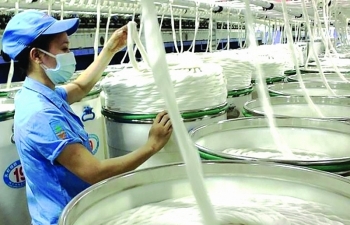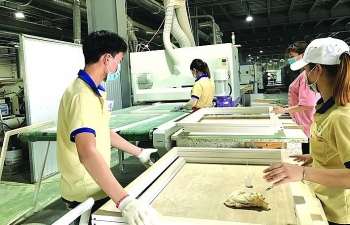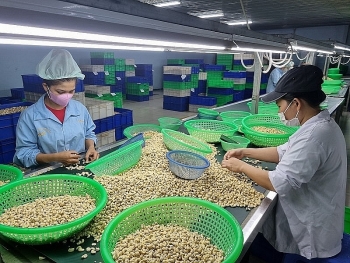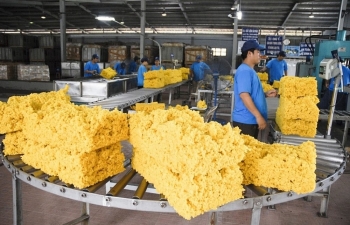Winners and losers in integration - Final part: What should businesses do to stand firm?
 |
| Lawyer Pham Ngoc Hung, Vice Chairman of Ho Chi Minh City Business Association. |
After more than 10 years since Vietnam joined the WTO, besides the number of Vietnamese enterprises that have been able to withstand market changes, many businesses have seen their market share shrink or even lost money. What are the difficulties facing these businesses?
With the accession to the WTO and signing bilateral and multilateral trade agreements, Vietnam’s economy has expanded. This, together with the rapid progress of science and technology, leads to a fiercely competitive business environment. As Vietnamese enterprises are weak compared to foreign enterprises in terms of capital, technology and labor productivity, they face many risks when competing. Therefore, only a few companies can develop, such as Vinamilk, TH True Milk or Vissan. But this development is not large – Vietnam has very few national brands that can compete in the international market. Some brands such as Thai Binh Shoes and Thai Tuan cannot compete with foreign corporations.
Most Vietnamese enterprises are small and medium-sized, so their ability to convert is very difficult. For example, in order to meet the requirements of the environment, the market tends to use environmentally-friendly packaging, if businesses cannot change, they will lose. Meanwhile others cannot compete with ‘giants’ in the same field. In the near future, when implementing commitments in the CPTPP, dairy products from Australia and Canada will flow into Vietnam to compete with domestic ones with a tax rate of 0%. Therefore, Vietnamese dairy companies must have strategies.
Meanwhile, when signing FTA agreements, the governments of the countries have studied the roadmap and strategies to export their goods. For example, Thailand has prepared retail outlets to bring goods into the Vietnamese market and other countries when the ASEAN Economic Community was formed. Similarly, South Korea and Japan always have programs for their enterprises to take advantage. Meanwhile, Vietnam does not have such a strategic program. Even when joining the WTO, Vietnam has a roadmap to resolve retail issues, there is even an agreement on economic needs testing (ENT) to allow FDI enterprises to open the second retail outlet. But not until 2018 did Vietnam have an evaluation committee on the ENT. It is too slow while countries have entered and occupied all advantageous positions.
If there is no comprehensive preparation strategy, will the issue be repeated in new FTAs?
Vietnam signed the EVFTA, but so far, I have not seen any announcement about the impact roadmap and what businesses should do or how to do it. There has only been a few general reports and conferences by some units.
It should be noted that roadmap preparation must be done during the negotiation stage. Although Vietnam negotiated very well and often won many advantages, the use of the advantage is not good. Thus, there should be many forums between state management agencies and associations to listen to enterprises, then changes in policies and programs to facilitate enterprises to take advantage of FTAs.
In the context of international integration, M&A is becoming more and more common, what do you think about Vietnamese brands falling into foreign hands?
A change of ownership in international integration is normal. Some Vietnamese enterprises also bought factories and companies abroad. For me, the owner doesn’t matter, but it is important that the product is proud of Vietnamese goods. For example, I still believe that Saigon beer is a product of Vietnam.
Besides, not all Vietnamese brands will be acquired or accepted for foreign acquisition. Many Vietnamese enterprises have succeeded by choosing the right direction for their products such as ABC Bakery Kao Siêu Lực. When fast food chains like KFC and Lotteria flooded into Vietnam, instead of competing directly with these brands, ABC chose to provide bread for these chains. Accordingly, the more KFC and Lotteria expanded, the more bread ABC sold. Not only that, ABC also made moon cakes for big brands like Givral.
Or another company in District 10 in the field of wood has also succeeded in becoming a wood supplier for Japanese businesses. Initially, this company only sold to a Japanese company, then other Japanese companies also came to Vietnam and bought wood from this company. As a result, instead of exporting to the Middle East with many risks, it only sold in the domestic market but still got large profit.
Even the pure water market has a lot of potential. Therefore, many big freshwater companies, such as Coca Cola, Pepsi or Vinamilk are also investing heavily in this field.
Do you have any suggestions for the State agencies and businesses to help Vietnam integrate successfully in the future?
For businesses, there are two issues to focus on: quality and brand. Vietnam’s market has gathered goods from all over the world, so our products must have quality and brand to compete. When you have two products at the same price, if Vietnamese products do not have brands, buyers will choose foreign products. However, if Vietnamese goods have brand such as Miliket noodles, it will have more opportunities because Vietnamese consumers tend to choose familiar Vietnamese brands.
In addition to the success story of the companies above, it can be seen that grasping the market trend and flexibility of transformation will help enterprises to stand firm against the changes of the market.
On the side of the government, it is necessary to change economic management policies in accordance with the signed FTAs; change laws as appropriate as the law on investment, trade, customs, intellectual property and even trade unions. Besides, it is also necessary to improve the integration capacity and ethics of the officials in public sectors.
Thank you, Sir!
Related News
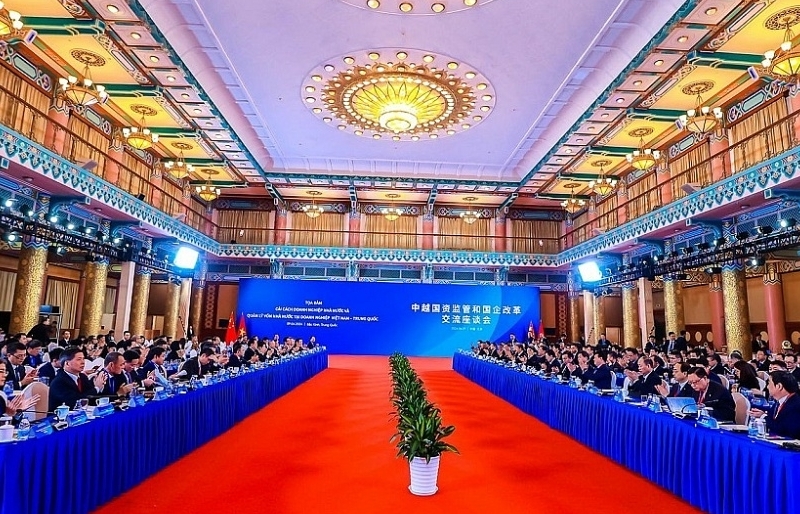
Cooperate to build leading and "rich in vitality" state-owned enterprises
08:59 | 17/04/2024 Import-Export

The business environment is the key for all businesses
10:25 | 14/03/2024 Import-Export

The Sixth IP & Innovation Researchers of Asia Conference held in Viet Nam
13:27 | 30/01/2024 Headlines

Room for international integration remains huge: PM
17:26 | 02/08/2023 Headlines
Latest News

Enterprises want clearer regulations on seafood production
14:05 | 26/04/2024 Import-Export
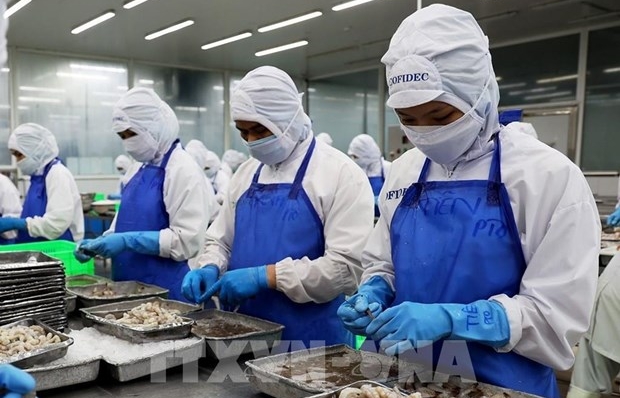
Vietnam ranks fifth among aquatic product suppliers for Singapore
13:53 | 26/04/2024 Import-Export

Forum seeks to increase PPP investment effectiveness
13:48 | 25/04/2024 Import-Export
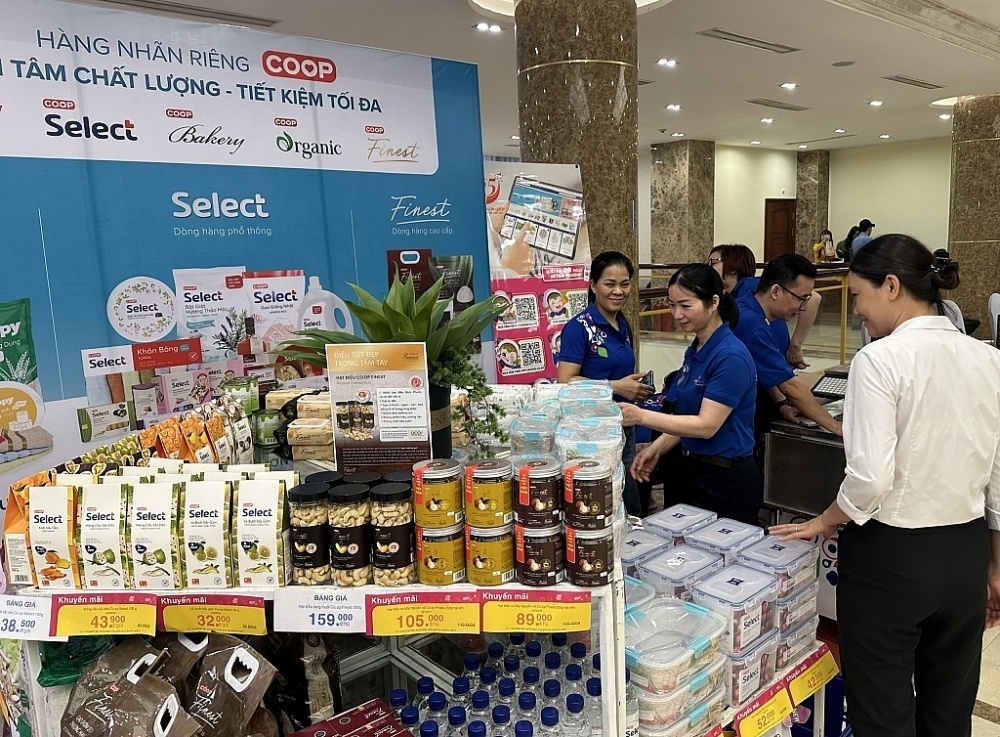
Linking businesses with cooperatives to increase the value chain
09:42 | 25/04/2024 Import-Export
More News

Vietnam has a trade deficit of over US$17 billion with China
15:34 | 24/04/2024 Import-Export
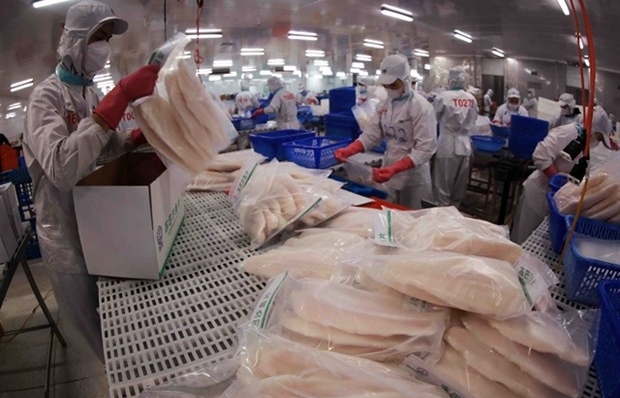
Tra fish export to UAE jumps 67% in Q1
13:46 | 24/04/2024 Import-Export
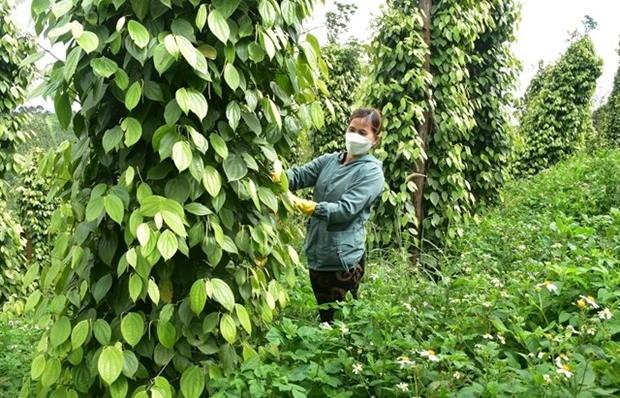
Pepper prices continue increase trend
13:44 | 24/04/2024 Import-Export
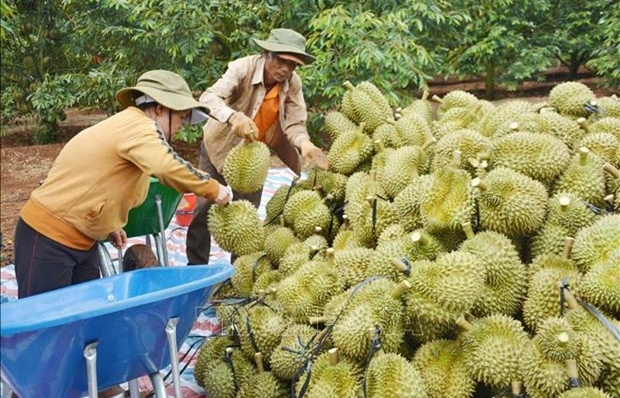
More efforts needed to maintain export growth to China: Insiders
13:55 | 23/04/2024 Import-Export
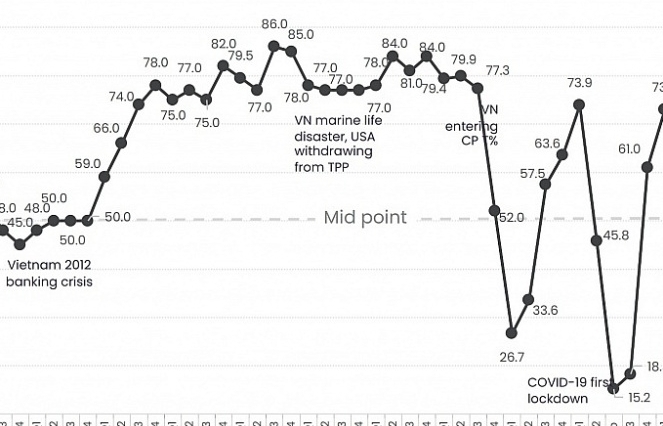
It is expected that there are higher orders and revenue in the second quarter from European businesses
09:31 | 23/04/2024 Import-Export
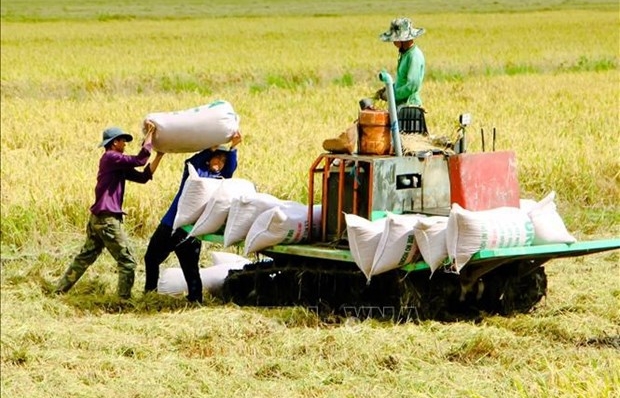
Vietnamese rice prices on the hike
15:08 | 22/04/2024 Import-Export
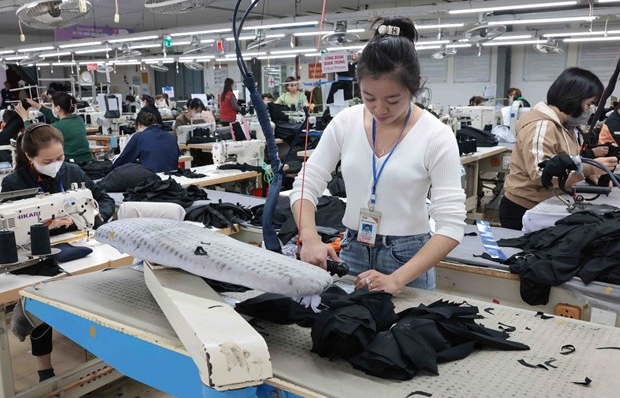
FDI flow into garment and textile sector bounces back
15:06 | 22/04/2024 Import-Export

Investors play a key role in developing the industrial park system
10:38 | 22/04/2024 Headlines

Find ways to a corporation for businesses in industrial parks
10:38 | 22/04/2024 Import-Export
Your care

Enterprises want clearer regulations on seafood production
14:05 | 26/04/2024 Import-Export

Vietnam ranks fifth among aquatic product suppliers for Singapore
13:53 | 26/04/2024 Import-Export

Forum seeks to increase PPP investment effectiveness
13:48 | 25/04/2024 Import-Export

Linking businesses with cooperatives to increase the value chain
09:42 | 25/04/2024 Import-Export

Vietnam has a trade deficit of over US$17 billion with China
15:34 | 24/04/2024 Import-Export

